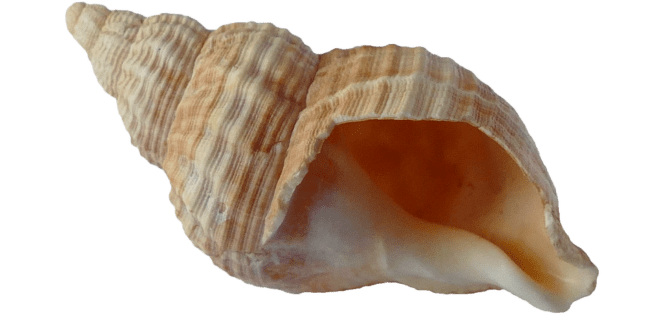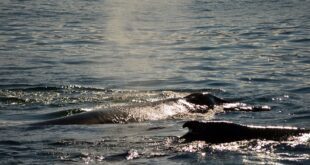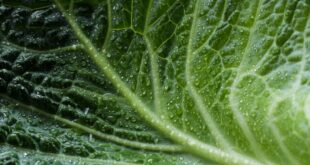The Wonders of Marine Life: A Comprehensive Guide
The Aquatic Ecosystem
The Aquatic Ecosystem
The vast deep blue sea covers over 70% of the earth’s surface, and in this massive space is a thriving ecosystem. The biodiversity here is immense, ranging from krill to the world’s largest animal, a blue whale. The wealth of the marine world astounds the human mind with its array of colors, shapes, and unparalleled life forms. No wonder marine biology has fascinated people for centuries. In this guide, we explore every aspect of the marine world, from the biology of sea creatures to their habitat.
The Definition of Marine Biology
Marine biology refers to the scientific study of sea plants and animals’ biology and ecology. A marine biologist’s job is to research marine animals, plants, and ecosystems in the field, inspect marine organisms to identify their characteristics, behaviors and research possible ties between marine life and environmental conservation. To become a marine biologist, one needs to have a strong background in biology, zoology, chemistry and environmental science.
Marine Life
Marine life refers to an aquatic ecosystem covering all types of living organisms residing in the seas and oceans worldwide. This includes but isn’t limited to fish schools, mollusks, crustaceans, basking sharks, sea lions, algae, and jellyfish. Most marine life thrives in the uppermost few fathoms/meters of the water, while some exotic species can be found in the ocean’s deepest trenches.
The Marine Biome
The marine biome is the planet’s biggest ecosystem, covering over 70% of the earth’s surface. It is made up of many marine ecosystems, such as coral reefs, seagrass beds, rocky intertidal regions, estuaries and the open oceans. Every ecosystem involves a range of diverse plants and animals adapting to particular ecological conditions to survive.
Marine Habitats
Marine habitats help distinguish ecological zones and house marine creatures that require separate environmental conditions to thrive. Various terms are commonly used, depending on the location, to categorize marine habitats: seabed, the pelagic zone, open ocean and deep-sea, the tidal zone, and the littoral or intertidal zone. Habitat descriptors are useful because they allocate species management frameworks and ecosystems that can sustain said creatures.
The Ultimate Guide to Marine Biology
We hope the information above offers a profound understanding of marine biology’s primary elements. If you are interested in exploring more about this area, visit our Ultimate Guide to Marine Biology for detailed accurate, entertaining marine biology comprehensible to virtually anyone.
 Mind Uncharted Explore. Discover. Learn.
Mind Uncharted Explore. Discover. Learn.




